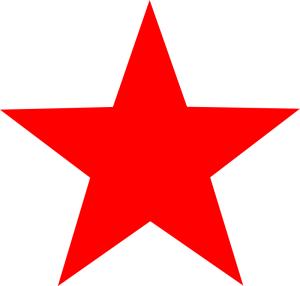Chris Bailey writes for The National Post about an experiment he undertook early on in his Life of Productivity efforts, when he needed to get a really good sense of the amount of  hours of work it took to actually accomplish something. He set up alternating weeks of very short and very long (20 hour and 90 hour respectively) working weeks, and tracked how much work he completed, as well as how much work he felt he completed.
hours of work it took to actually accomplish something. He set up alternating weeks of very short and very long (20 hour and 90 hour respectively) working weeks, and tracked how much work he completed, as well as how much work he felt he completed.
Bailey expected to find, like most of us I imagine, that if he threw more hours at a project, he would get a lot more done. But, when he finished his experiment and compared his long weeks to his short weeks, he discovered the following:
Bailey attributes his ability to get roughly the same amount of work done in 20 hours as in 90 hours to the focused “energy and attention” he was able to bring to it. In the longer workweek, that energy and attention was dispersed more widely:
“When I invested more time in my work during my insane weeks, my work became a lot less urgent; on a minute-by-minute basis, I invested less energy and focus into everything I intended to get done. But when I had a limited amount of time in my 20-hour weeks, I forced myself to expend significantly more energy and focus over that shorter period of time so I could get everything done I had to do. Of course, all the pressure I felt during this experiment came from me — I didn’t have a boss, team or any large, looming deadlines around the corner. But the lesson is just as potent: by controlling how much time you spend on a task, you control how much energy and attention you spend on it.”
This is the chief lesson Bailey derived from his experiment, and one he wants to pass along to us: We can’t always control the length of time we have to complete a project, but we can control the shortness of time — and a shorter time in which to work equals greater productivity.
Bailey recognizes that the world can’t run on the 20-hour workweek ideal — but he cites research that the standard workweek of 35 to 40 is still sustainable, as studies show productivity and quality really takes a nosedive after 40 hours. There is some hope for us!

Two programmers at the 32nd Chaos Communications Conference have offered the rest of the world a look at the operating system that runs the Democratic People’s Republic of Korea — otherwise known as the mysterious and suspicious North Korea.
North Korea has been closed to outside influences since the mid-20th century reign of Kim Il-Sung, and its continued existence depends heavily on propagandistic claims that, despite frequent famines and a violently repressive government, the country is better off than anywhere else. In order to keep this up, an operating system has had to be created that serves the regimes restrictive purposes, while acting spiffy enough to be appear competitive.
Dubbed Red Star OS, the system is Linux-based and superficially looks an awful lot like Mac OS 10 (the rumoured favourite of current leader Kim Jong-Un). Florian Grunow and Nicklaus Schiess take the 32C3 audience through an hour-long, totally fascinating analysis of the OS here. (There’s a shorter real-time that I found intriguing here, via BoingBoing.) Some of my favourite points include:
In short, Red Star OS is a spectacular demonstration of the lengths a regime will go to in order to limit and ultimately persecute its citizens, while maintaining the shiny propaganda façade of competitive computing. It makes me grateful that all my computer does to injure me is occasionally not recognize my printer…